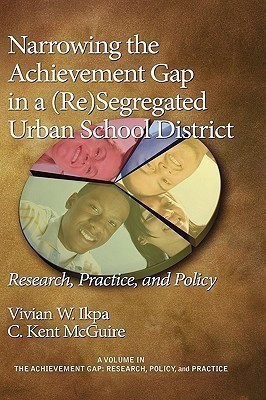Narrowing the Achievement Gap in a (re) Segregated Urban School District(English, Hardcover, unknown)
Quick Overview
Product Price Comparison
The interplay between sociopolitical forces and economic agendas becomes apparent when one examines the June 28, 2007 United States Supreme Court Decision, Parents Involved In Community Schools v. Seattle School District. In a reversal of the 1954 Brown Decision, the United States Supreme Court ruled that public schools could not use race as a factor when assigning children to public schools. Given demographic shifts, globalization, economic instability, and ideological shifts, the reversal was expected. However, it is essential that policymakers, educators, and other stakeholders consider the impact of attending segregated schools on the achievement gap that continues to exist between minority groups and European Americans attending resegregated neighborhood schools. This book will focus on the test score gaps between African American and European American students. This book analyzes and presents the achievement gaps between these two groups. Additionally, the authors will analyze how changes in school characteristics such as: racial composition; school composition; school expenditures, and, socio economic level of neighborhoods affect achievement gap trends in the Norfolk School District. An examination of the achievement gap trends in an urban school district will serve to better inform public policy and school reform efforts. The specific goals of this book are to describe the achievement gap between minority African-American students and European-American students in the Norfolk school district and to present strategies utilized by urban districts to narrow the gap. One unique feature of this book is that it provides a data-driven research-based analysis of the achievement gap between minority and European-American students.


